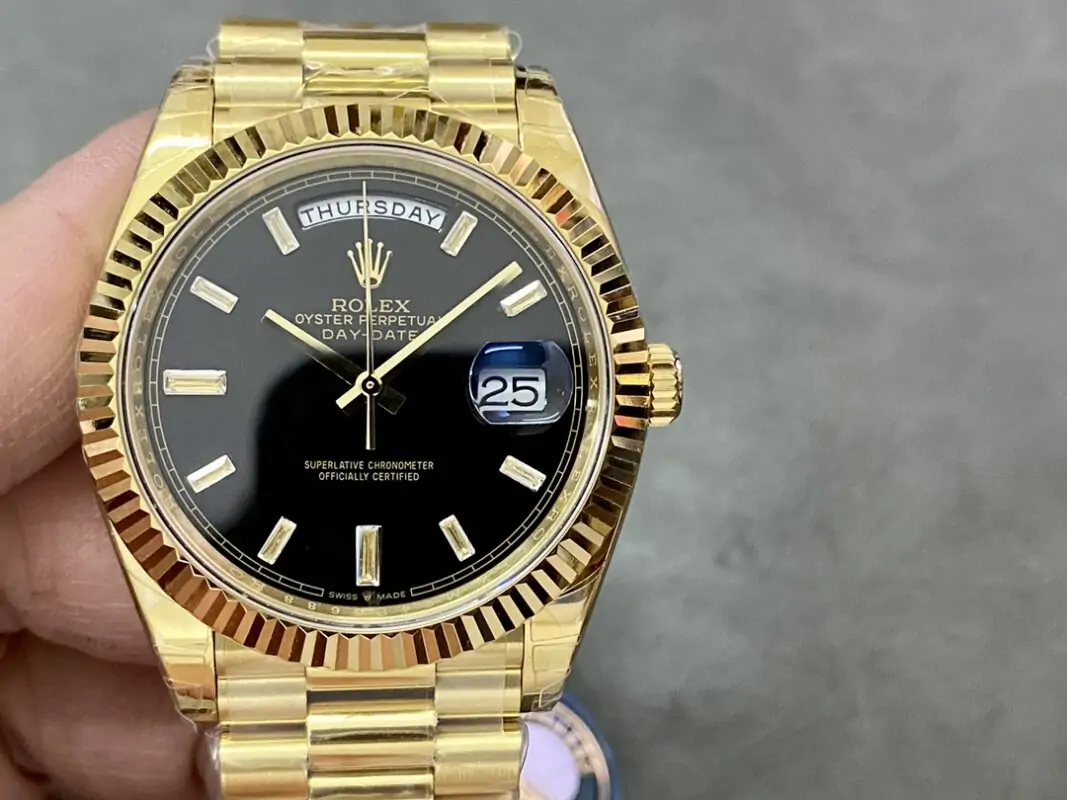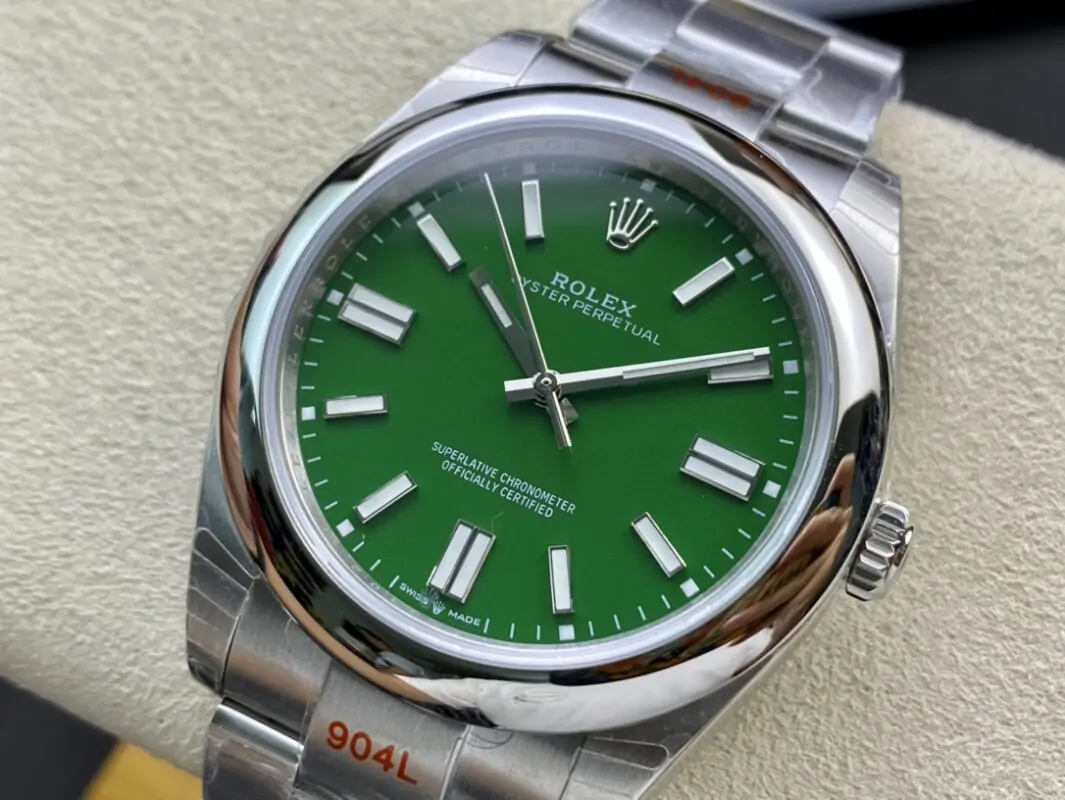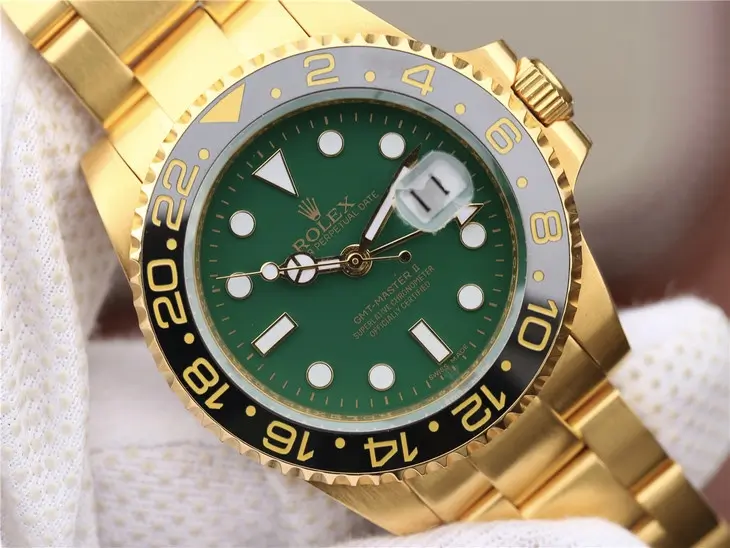Rolex
The Appeal of the Vintage Rolex Submariner 5513
While modern watch releases often revolve around color changes or slight updates, the enduring appeal of vintage models like the 5513 remains unmatched, especially in today’s slower market.

Musician John Mayer declared the Submariner 5513 one of his “best buys” in vintage Rolex, pricing it under $8,000 at the time. Since then, the replica watch market has fluctuated, but the 5513 continues to hold its value. Although prices have risen and fallen, this classic Submariner remains a worthy investment for collectors. The focus here, however, is less on its financial worth and more on what makes the 5513 an iconic watch.
Rolex produced the Submariner 5513 from 1962 to 1989, making it one of the longest-running references in the brand’s history. Unlike the Submariner 5512, which featured a chronometer-certified movement, the 5513 was not COSC-certified. While this might have mattered when the watches were first sold, today, most collectors don’t mind the difference. Some even prefer the simpler design of the 5513’s two-line dial compared to the 5512’s four lines of text.

Both references, however, share the same fundamental design features: a 40mm case, no date function, 200 meters of water resistance, a rotating bezel, and a classic black dial. For many collectors, it’s these core traits that make the Submariner 5513 such an appealing vintage dive watch.
Over its nearly 30-year production run, the 5513 saw several dial variations, from early gilt dials with glossy finishes to matte dials and eventually glossy dials with white gold lume surrounds in the 1980s. Each of these dial types has its own appeal, and collectors have their preferences. Gilt dials, with their rich golden text and shiny lacquer, are particularly sought after, often commanding a premium due to their scarcity and fragility.
For those who prefer the matte dials, the appeal lies in their understated elegance. These dials, produced from the late 1960s to the early 1980s, feature larger tritium lume plots, giving the watch a bolder look without losing its tool-watch roots. The matte dial 5513, in particular, strikes a balance between vintage charm and everyday wearability.
By the mid-1980s, Rolex transitioned to glossy dials with white gold surrounds, signaling the Submariner’s gradual shift from a tool watch to a luxury item. These later dials, while not as coveted as gilt or matte versions, still offer excellent value for collectors and wearers alike.
Rolex’s Oyster bracelet is another key component of the Submariner’s design. Over the years, the 5513 was fitted with three main types of bracelets: the early rivet bracelets, the folded-link bracelets, and the solid-link bracelets introduced in the 1980s. Each bracelet offers a different wearing experience, with the rivet bracelets prized for their lightness and vintage appeal, while the solid-link bracelets provide a sturdier, more modern feel.
When collecting vintage Submariners, it’s important to match the correct bracelet to the watch’s production era. An early gilt 5513, for example, looks best on a rivet bracelet, while later models pair well with solid-link versions.
Condition is paramount when it comes to vintage Rolex watches, and the 5513 is no exception. Sharp case bevels, unpolished lugs, and original dials all contribute to the watch’s value. While some polishing is acceptable, finding a well-preserved example can significantly enhance its appeal.
Despite the recent slowdown in the vintage replica Rolex market, the 5513 remains a solid choice for collectors. According to the Subdial/Bloomberg Watch Index, prices for the 5513 have dipped by around 11.8% over the past year, and trade volume is down by 29%. However, with its timeless design and rich history, the Submariner 5513 continues to be a favorite among watch enthusiasts.

